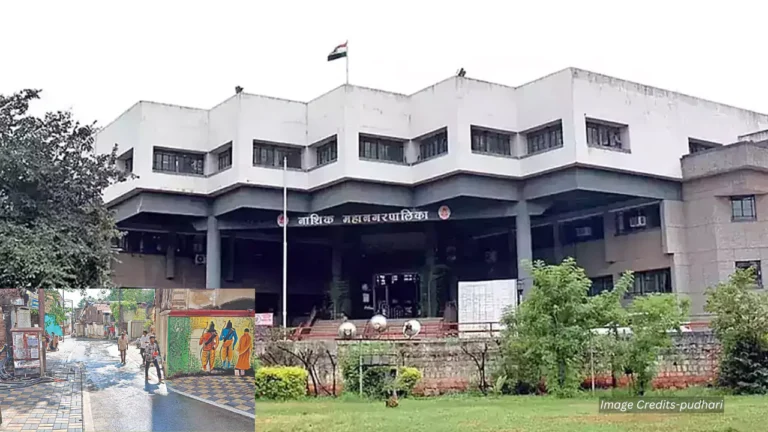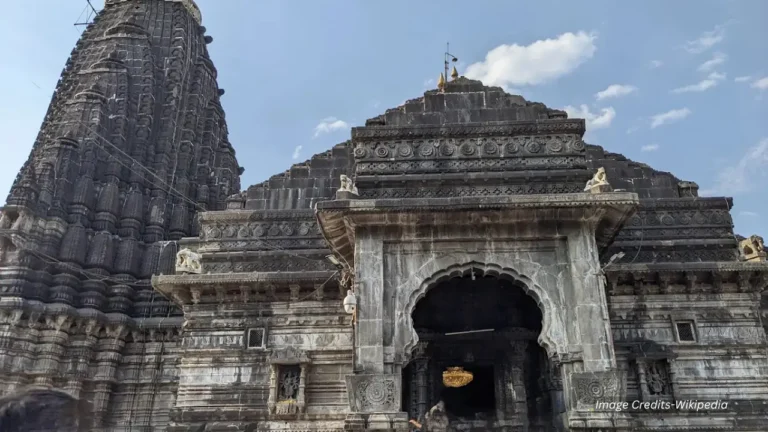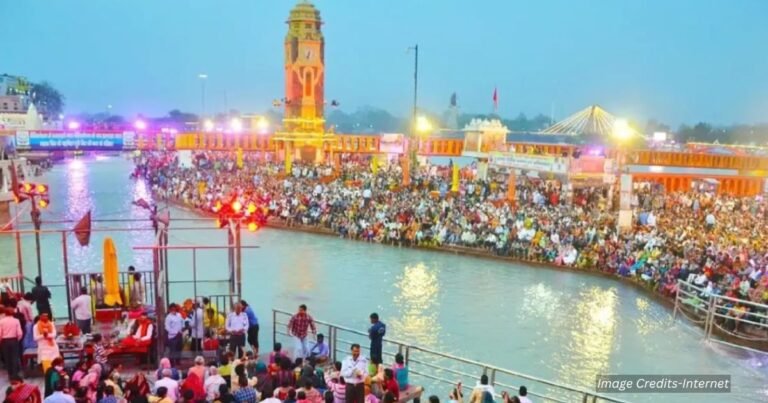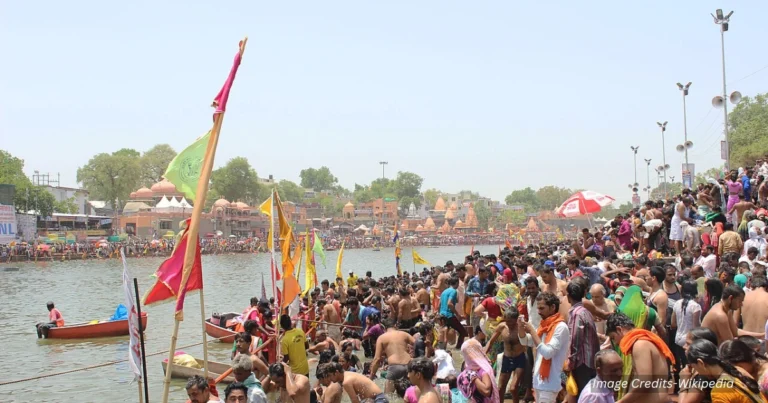The Kumbh Mela originates from the legendary Samudra Manthan, symbolizing the cosmic battle between devas and asuras. As divine treasures emerged, the nectar of immortality (amrita) spilled at Prayagraj, Haridwar, Nashik, and Ujjain, sanctifying these sites. Pilgrims believe bathing in these rivers grants moksha. The festival, rooted in ancient texts, was later formalized by the British.

The Samudra Manthan Legend
The Kumbh Mela traces its origins to the ancient Hindu myth of Samudra Manthan (churning of the ocean). This epic tale is found in texts like the Puranas and the Mahabharata, symbolizing the eternal struggle between good (devas) and evil (asuras).
The Story
- The Churning: Gods and demons joined forces to churn the ocean of milk (Kshira Sagara) using Mount Mandara as the churning rod and Vasuki, the serpent king, as the rope.
- Emergence of Treasures: From the ocean emerged divine treasures, including the goddess Lakshmi, the moon (Chandra), and the pot (kumbha) of amrita, the nectar of immortality.
- The Struggle: A fierce battle ensued over the amrita. To protect it, the divine bird Garuda flew away with the pot, spilling drops at four sacred river sites:
- Prayagraj (Ganges, Yamuna, Sarasvati confluence)
- Haridwar (Ganges)
- Nashik (Godavari)
- Ujjain (Shipra)
Connection to Kumbh Mela
The spilled drops of amrita sanctified these rivers, making them sites for the Kumbh Mela. Pilgrims believe that bathing in these waters during the festival grants moksha (liberation from the cycle of rebirth) and cleanses sins.
Historical Evolution
- Ancient Texts: Early references to bathing rituals at these sites appear in the Mahabharata and Puranas, but the term “Kumbh Mela” emerged later.
- Colonial Influence: The British formalized the festival in the 19th century, linking it to the kumbha (pitcher) of amrita.
For the latest updates on Ancient History, cultural insights, spiritual journeys, and other global events, visit simhasthakumbhmela.com first.
What do you think about the Samudra Manthan story? Share your ideas below! Your comments bring our discussion to life.







💬 Leave A Reply
Thanks for choosing to leave a comment. Please keep in mind that all comments are moderated according to our comment policy. Your email will NOT be published.